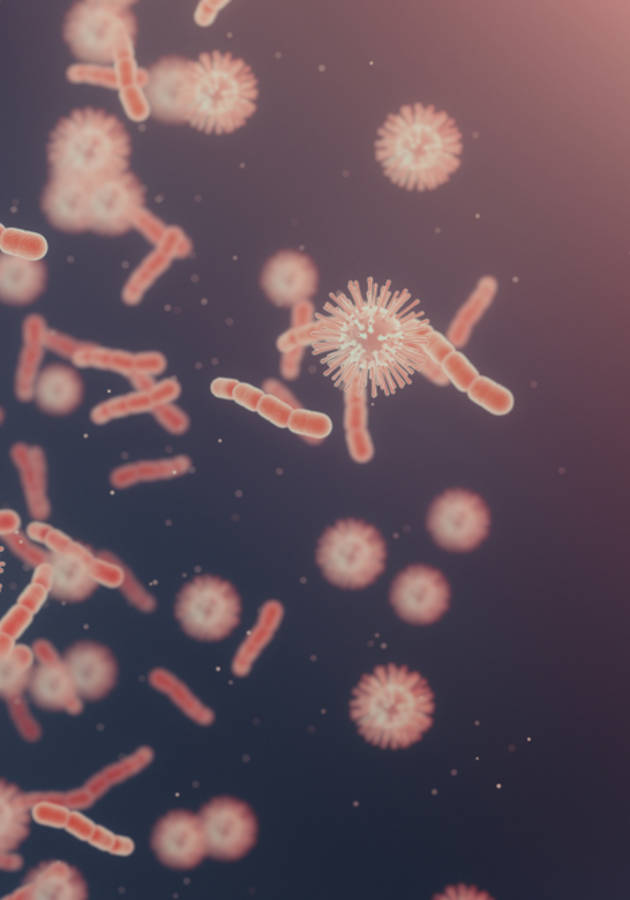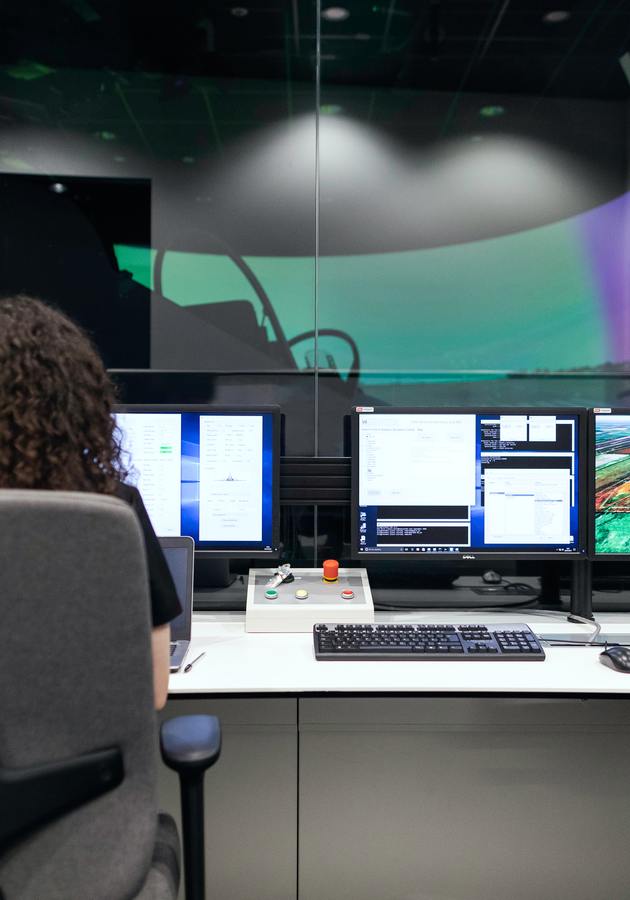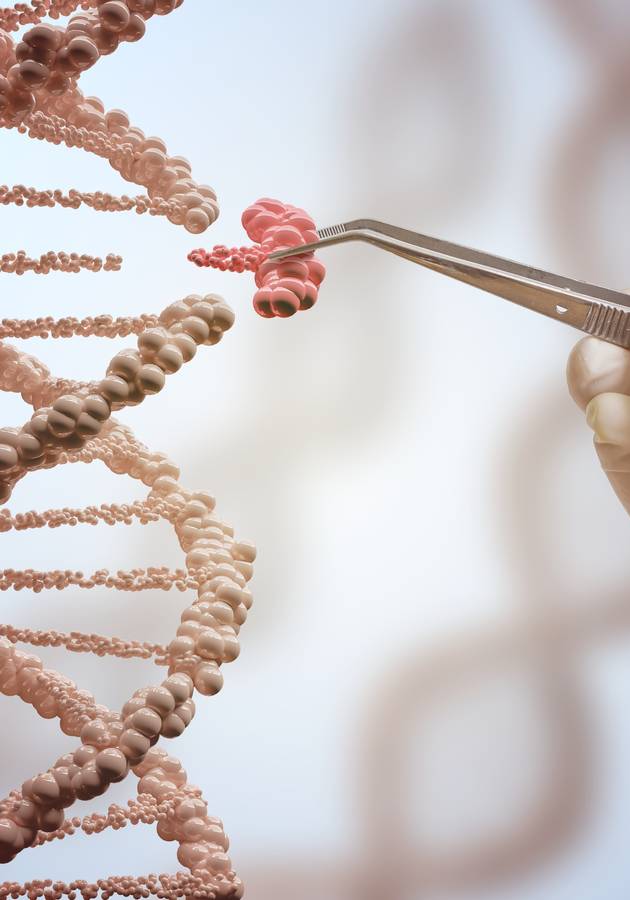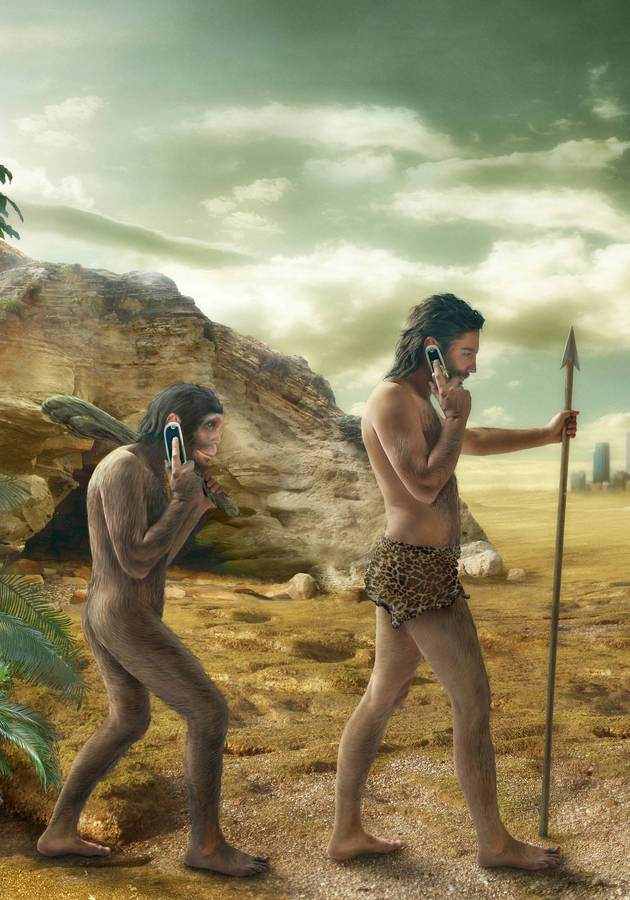When Orson Welles said “We’re born alone, we live alone, we die alone,” he was badly mistaken. It seems that even when we are alone, we are never really alone. Whatever we do (writing, dreaming, skiing), and wherever we go (to the bathroom, to the zoo, or to the moon), millions of microscopically tiny friends are there to keep us company. They live on the surface of our skin, inside our bodies, and sometimes even inside our very cells – and are collectively known in science as the human microbiota or microbiome.
Ed Yong’s erudite, enlightening and unputdownable debut book I Contain Multitudes – titled after that famous Walt Whitman verse from “Song of Myself” – is a book about them: bacteria, fungi, viruses, and archaea that live inside you. So, get ready to explore their world and forge a grander view of your own existence, evolution, and life itself!
The story of evolution is a story of microbes
“Animals might be evolution’s icing,” paleontologist Andrew Knoll once said, “but bacteria are really the cake.” And, indeed, compared to animals, microbes have been around for an eternity: almost the same amount of time as the Earth itself! To put that into perspective, let’s collapse our planet’s entire history – spanning about 4.5 billion years – into a single calendar year.
So, right now, as you’re reading this sentence, it’s just before the stroke of midnight on December 31st. Fortunately, you can experience New Year’s Eve in all its glory, because fireworks have been around ever since, well, 9 seconds ago. But, then again, what could you expect when humans have only existed for about half an hour. The dinosaurs were wiped out by an asteroid on December 26th, with mammals first starting to appear a bit earlier during the same month. Most other animals and plants invaded the planet during the past two months, but before October, almost every living thing on the planet consisted of single cells.
In other words, as much as you would like to think otherwise, the story of evolution is actually a story of microbes. Humans, animals, and flowers are all latecomers and merely part of the coda. For eight months in our imaginary one-year calendar of Earth’s existence – that is, from March to October – microbes were the only living things around. Moreover, during this period, they altered our planet irrevocably and in ways that made it possible for us to spring into existence.
For one, they were the first organisms that taught themselves to photosynthesize, that is, to use the power of the sun to convert carbon dioxide and water into nutrients such as sugar. More importantly, this process releases oxygen as a waste product. In time, this cycle permanently changed the atmosphere of our planet. So, you can thank the microorganisms for the oxygenated world we live in. You can also thank them for converting carbon, nitrogen, sulfur and phosphorus into compounds that animals and plants can use, and also for returning these elements to the world by decomposing organic bodies. Finally, you can thank them for half of your breaths, because even now, the photosynthetic bacteria in the oceans produce that much oxygen; and the other half is actually produced by the domesticated bacteria that live in symbiosis with land plants!
So, though it’s not wrong to say that we live in the Anthropocene – a human-influenced geologic era – it’s not that difficult to argue that we are still living in the Microbiocene as well: a period that started with life itself and that will probably continue until there are no living organisms anymore.
Humans and microbes – they go well together, don’t they?
It’s not only that we’ve evolved because of bacteria or among them, but also that we’ve actually evolved from them – in a very literal sense.
You see, all animals – as well as all plants, fungi, and algae – belong to a single biological domain called the Eukaryota. And that is because all of these organisms are built from cells that share practically the same basic architecture, which is, in turn, visibly different from the one that can be found inside the more ancient prokaryotes, where the bacteria and the archaea belong. The difference between these two types of cells is threefold: unlike the cells of the prokaryotes, the cells of the eukaryotes have a central nucleus, an internal “skeleton” that provides structural support, and bean-shaped “power-stations” called mitochondria that provide energy.
Now, during most of those eight months of our imaginary calendar when microorganisms ruled the world of the living, there were only prokaryotes around. Bacteria and archaea didn’t mingle with each other, existing on separate evolutionary courses. And then, one fateful day, “the greatest symbiosis of all time” suddenly occurred: a bacterium was somehow entrapped within an archaeon. In time, within “the chassis” provided by the archaeon, the bacterium transformed into the mitochondria; thus, the first eukaryotic cell was born.
Interestingly enough, even though microbes and humans have spent relatively small amounts of time living around each other, they’ve managed to develop quite a relationship. Case in point: out of the 69 trillion cells in your body, 39 trillion are microbial, or about 57% of what you essentially are! And if you think that’s merely one of those yuck kind of facts nobody likes to know, consider this as well: your health depends on each and every one of these 39 trillion microbes and has depended on them ever since you were born.
Yong illustrates this point with numerous examples, but here’s just one: unless Bifidobacterium longum infantis (or B. infantis, for short) planted itself firmly in the gastrointestinal tract of the baby that you once were, your earliest food intake would have been dangerously less nutritious than it needed to be. Although breast milk contains human milk oligosaccharides (or HMOs), babies can’t digest them. And that’s where B. infantis comes to the rescue, processing HMOs and turning them into digestible proteins. Some of these proteins are anti-inflammatory, which means that afterward, they assume a role in our immune system as well.
Microbes and your immune system
No, we didn’t make a mistake above: oftentimes, it is not your human cells that craft and tune your immune system, but “foreign” bacterial cells living in your microbiome. The traditional view of the immune system, “full of military metaphors and antagonistic lingo,” presupposes that there’s such a thing as self (our own cells) and non-self (microbes and everything else), and that it is the immune system’s job to eradicate the latter. In truth, the latter is often an ally.
Consider the interesting example of the common gut bacterium called Bacteroides fragilis or ‘B-frag.’ In 2002, a scientist by the name of Sarkis Mazmanian proved that this particular microbe can fix some of the immune problems in germ-free mice, due to a sugar molecule present in its coat (polysaccharide A, or PSA for short) that boosted the number of “helper T-cells” in the body of the mouse. These T-cells coordinate other cells of a mouse’s immune system and are one of its most crucial classes; and yet, instead of seeing PSA as an outside threat, they embrace its presence. Why? How do they know that it doesn’t pose a threat and that it would quell inflammation, rather than triggering it? Well, strictly speaking, they don’t. It is the microbe that sends a chemical message to the host saying “I come in peace,” forcing the immune system to treat it as a harmless symbiont rather than a menacing pathogen.
Mazmanian’s experiment demonstrated for the first time in history that a single microbe (or even a single microbial molecule) was able to correct a specific immune problem. This turned common wisdom (and even traditional immunology) on its head for good. Far from being “an armada of destructive troops, belligerently bent on destroying microbes,” the immune system is, in fact, a management system that stabilizes our relationships with our microbes in much the same way that the thermostat stabilizes the temperature in your room. The keyword here is balance. If your immunostat is set too low, it misses threats and leaves you open to infections; if, on the other hand, it is set too high, it becomes jumpy and it starts to attack harmless symbionts and triggers chronic inflammations. To work properly, it must both react and not overreact, balancing the cells that induce inflammation with those that repress it.
Because of this, it is exceptionally important to help your children set their immune systems properly from their earliest years. Whatever you’ve heard, cleanliness is not next to godliness: in fact, it is what has made these immunostats go haywire during the last few decades. In the past, parents adjusted their children’s immunostats by allowing them to roam freely among domesticated animals and even casually letting them expose their bodies to the microbes present in dirt and dust. Unfortunately, the too-sensitive-for-everyone’s-sake modern parents tend to keep their children inside glass bubbles and, thus, do a disfavor to their immune systems and later health. In the absence of external enemies and allies, the immunostats of these children remain too relaxed, which is why, when they grow up, they get sick much more often, in addition to being allergic to just about everything.
Superheroes and puppet masters
Some microbes are extremophiles, that is to say, they thrive in environments that are extreme in comparison to those comfortable to humans. The archaea, as an entire domain, has a fondness for colonizing inhospitable and extreme environments. For example, an archaean genus called Pyrococcus can exist at temperatures as high as 230 F (110 C) and endure pressures above 1,000 bar! “Endure” is, in fact, not the right word: more or less, these are the optimal conditions for their growth! The same holds true for numerous bacteria, some of which seem unaffected by radiation, high salt concentration or acid. With superpowers such as this, it should surprise no one that microbes have been around for billions of years. Some of them, after all, are virtually indestructible.
And then there are others that, in return for food and shelter, live in symbiosis with other animals and grant them fascinating superpowers. Consider, for example, the Hawaiian bobtail squid. This animal lives in a symbiotic relationship with luminous bacteria called Vibrio fischeri (or V. fischeri) that inhabit two chambers in its undersides, its “light organs.” The bobtail squid feeds the bacteria sugar and acid and, as a sort of thank you, the bacteria produce light that matches the moonlight welling down from above. As a result, the squid is practically invisible to any predator swimming below it.
But, strangely enough, it is the bacteria that calls the shots. You see, when only five V. fischeri cells touch the squid’s mantle, some of the squid’s genes start producing a cocktail of antimicrobial chemicals that creates an inhospitable environment for all other microbes except V. fischeri. “It’s like the protagonists of science-fiction stories,” writes Yong, “who terraform inhospitable planets into comfortable homes – except it terraforms an animal.”
Other microbes are much more sinister. For example, the brain parasite Toxoplasma gondii is nothing short of a puppet master. It can only sexually reproduce in a cat, so when it gets into a rat, it suppresses the rodent’s natural fear of cat odors and replaces it with – brace yourself – sexual attraction. So, the rodent isn’t repelled by cats anymore, it is attracted by them! The final results are, of course, fatal for the rodent, but beneficial for the T. gondii that gets to complete its life cycle.
Because of numerous similar examples, scientists are currently exploring whether our gut bacteria have a say in our menu pick. “Our darkest fiction is full of Orwellian dystopias, shadowy cabals, and mind-controlling supervillains,” writes Yong. But it may just turn out that “the brainless, microscopic, single-celled organisms that live inside us have been pulling on our strings all along.”
Final Notes
“In a million tiny ways,” states its blurb, I Contain Multitudes will radically change how you think about the natural world, and how you see yourself.”
We know that many blurbs make unsubstantiated claims in a similar form, but in the case of Ed Yong’s marvel of a book, this is more than true.
We learned countless new things from it, and who knows how many of these things will effectively change the way we act and behave in the future.
We encourage you to read it and learn as much as we did.
12min Tip
Allow your children to play in the dirt: there’s no better way for them to experience other microbes and adjust their immunostats.





























